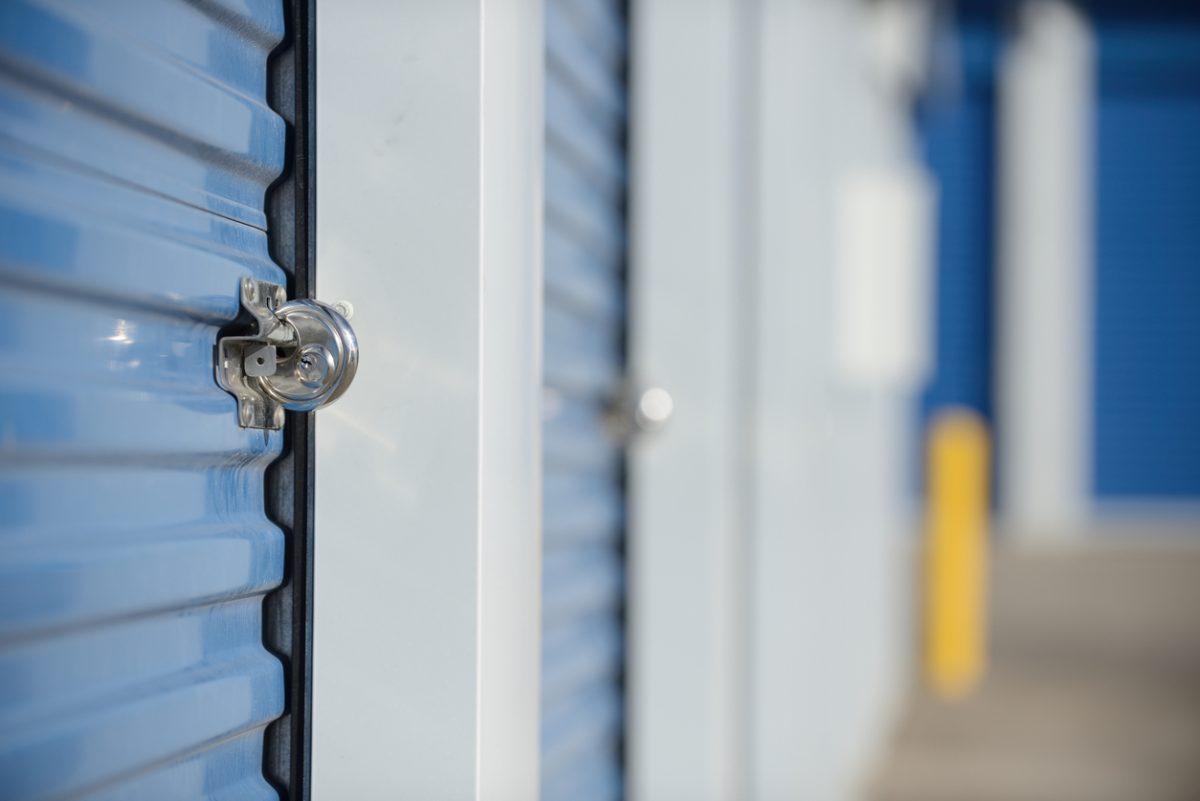The self-storage industry has benefited over recent years from strong consumer and business demand. This has raised occupancy levels and resulted in strong growth in self-storage rates. However, inflationary pressures, higher interest rates and subdued wages growth are heavily impacting the discretionary spending power of consumers at present, with the latest national accounts showing household discretionary spending falling (for the third consecutive quarter) by 0.5% during the June quarter 2023. Our conversations with industry participants suggest that the weaker economic environment has impacted storage demand from some users over the past year, flowing through to softer occupancy rates. Similar to conditions post GFC, recent anecdotal evidence has suggested that this softening has been more pronounced in lower socio-economic areas compared with higher socio-economic areas.
It is difficult to place self-storage in a black-and-white discretionary- / non-discretionary-expense box. The evolution of the industry over the past five years has resulted in storage being increasingly viewed as an essential cost-of-living / business expense for many users. This means that whilst softer economic conditions are impacting storage demand for some consumers, the industry is also being supported by customers (both business and personal) who view storage as an essential cost-of-living.
This article briefly examines the headwinds and tailwinds of self-storage occupancy and rental growth in South East Queensland (SEQ) going forward. It is our view that despite heightened uncertainty and the potential for further weakening in demand over the short-term (and provided we are not about to experience a significant deterioration in economic conditions), the medium- to long-term outlook in SEQ is positive.

Headwinds and tailwinds for the self-storage industry in SEQ
This article briefly examines the headwinds and tailwinds of self-storage occupancy and rental growth in South East Queensland (SEQ) going forward.